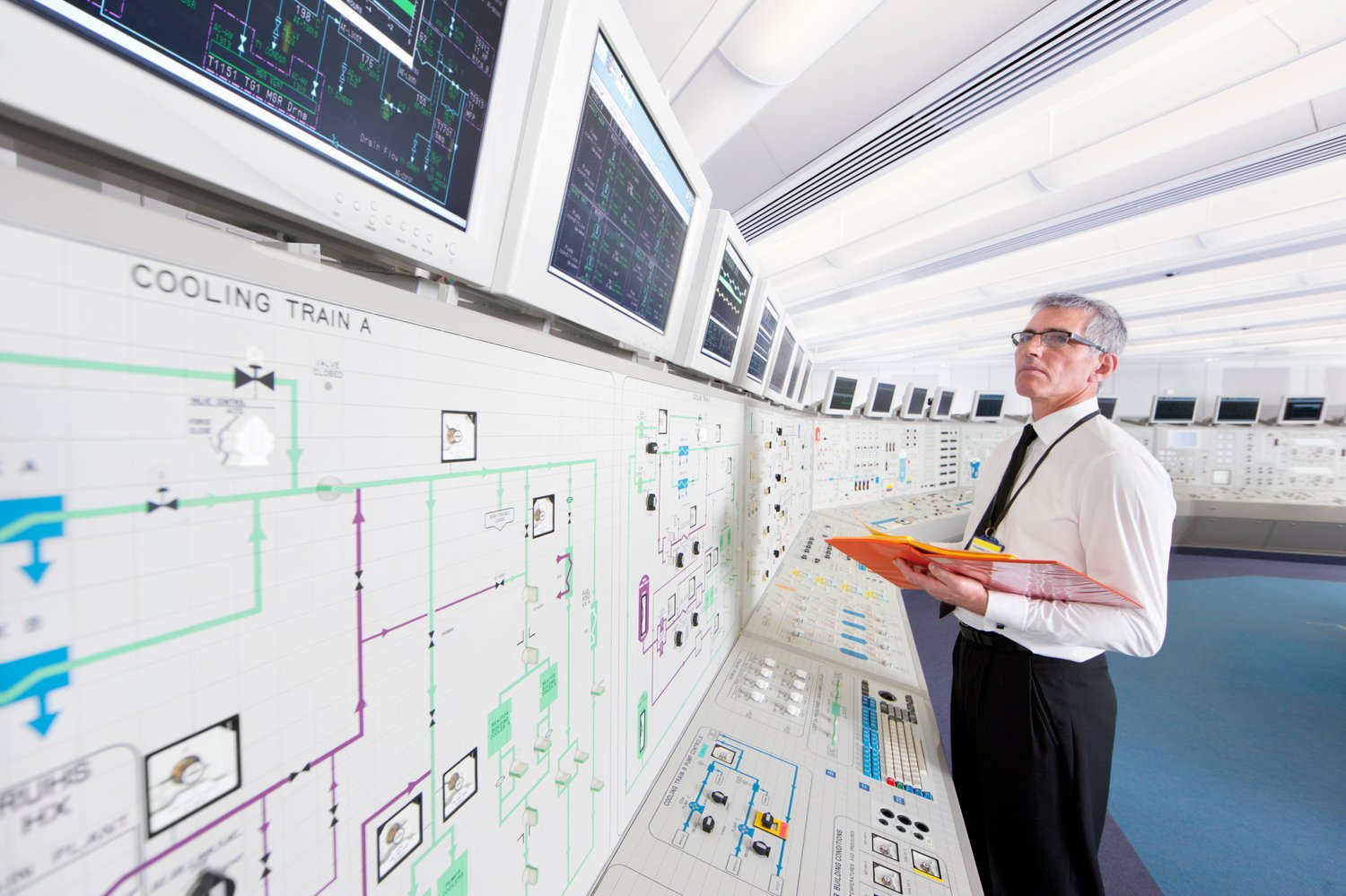Understanding power supplies in industrial settings
Power supplies are critical components in industrial environments. These devices convert electrical energy from one form to another, ensuring equipment receives the correct voltage and current. Industrial power supplies come in various types, including AC-DC converters, DC-DC converters, and uninterruptible power supplies (UPS). Each type serves specific purposes, catering to different industrial needs. For instance, AC-DC converters transform alternating current to direct current, which is essential for many electronic devices. DC-DC converters, on the other hand, modify the voltage level of direct current. UPS systems provide emergency power when the main power source fails, preventing data loss and equipment damage.
The selection of appropriate power supplies depends on several factors. These include the required output voltage, current capacity, and environmental conditions. Industrial environments often demand rugged power supplies that can withstand harsh conditions. Such supplies must operate reliably in extreme temperatures, high humidity, and dusty atmospheres. Many modern power supplies incorporate advanced features like overload protection, short circuit protection, and thermal shutdown. These features enhance the longevity and reliability of the power supply, reducing downtime and maintenance costs.
Efficiency is another crucial aspect of industrial power supplies. High-efficiency power supplies minimize energy waste, reducing operational costs and environmental impact. Many manufacturers now offer power supplies with efficiency ratings exceeding 90%. This high efficiency translates to lower heat generation, which in turn reduces cooling requirements and extends the lifespan of electronic components. Some power supplies also feature power factor correction (PFC), which improves the power quality and reduces strain on the electrical grid.
Monitoring and control capabilities are becoming increasingly important in industrial power supplies. Many modern units offer remote monitoring and configuration options, allowing operators to adjust settings and diagnose issues from a central location. This feature is particularly valuable in large industrial facilities where power supplies may be distributed across multiple locations. Some advanced power supplies even integrate with industrial automation systems, providing real-time data on power consumption and system health.
The role of automation in industrial processes
Automation plays a pivotal role in modern industrial processes. It involves the use of control systems and information technologies to handle various operations with minimal human intervention. Industrial automation enhances productivity, improves product quality, and reduces operational costs. The scope of automation ranges from simple control loops to complex systems integrating multiple machines and processes. Common automation technologies include programmable logic controllers (PLCs), industrial robots, and supervisory control and data acquisition (SCADA) systems.
PLCs are the backbone of many industrial automation systems. These rugged computers control machinery and processes based on predefined programs. PLCs can handle a wide range of inputs and outputs, making them versatile for various applications. They excel in environments where quick response times and reliability are crucial. Modern PLCs often feature advanced networking capabilities, allowing seamless integration with other automation components and enterprise systems. This connectivity enables real-time data exchange and remote monitoring, enhancing overall system efficiency.
Industrial robots represent another key component of automation. These programmable machines perform tasks with high precision and repeatability. Robots are widely used in manufacturing for tasks such as welding, assembly, and material handling. Advanced robotics systems incorporate vision systems and artificial intelligence, enabling them to adapt to changing conditions. Collaborative robots, or cobots, are a recent innovation that allows safe interaction between robots and human workers, opening up new possibilities for automation in various industries.
SCADA systems provide a comprehensive approach to industrial Automation. These systems collect data from various sensors and devices, process this information, and present it in a user-friendly interface. SCADA enables operators to monitor and control entire industrial processes from a central location. It offers features like real-time data visualization, trend analysis, and alarm management. Modern SCADA systems often incorporate cloud computing and mobile technologies, allowing access to critical information from anywhere at any time.
Importance of maintenance in industrial settings
Maintenance is a critical aspect of industrial operations, ensuring the longevity and reliability of equipment and systems. Effective maintenance strategies can significantly reduce downtime, extend equipment life, and improve overall productivity. Industrial maintenance encompasses various activities, including routine inspections, preventive maintenance, and corrective maintenance. The choice of maintenance strategy depends on factors such as equipment criticality, failure modes, and operational requirements.
Preventive maintenance is a proactive approach aimed at preventing equipment failures before they occur. This strategy involves scheduled inspections, cleaning, lubrication, and parts replacement based on predetermined intervals or equipment condition. Preventive maintenance can reduce the frequency of unexpected breakdowns by up to 70%, according to industry studies. It also helps in identifying potential issues early, allowing for planned repairs rather than emergency interventions. Many organizations implement computerized maintenance management systems (CMMS) to schedule and track preventive maintenance activities effectively.
Condition-based maintenance (CBM) is an advanced approach that relies on real-time monitoring of equipment health. This strategy uses sensors and data analytics to detect early signs of deterioration or impending failure. CBM allows maintenance to be performed only when necessary, optimizing resource utilization and minimizing unnecessary interventions. For example, vibration analysis can detect misalignments or bearing wear in rotating machinery, enabling timely corrective action. Similarly, thermography can identify hotspots in electrical systems, indicating potential failures before they occur.
Reliability-centered maintenance (RCM) is a systematic approach that focuses on maintaining system functions rather than individual components. RCM analyzes failure modes and their consequences to determine the most appropriate maintenance strategy for each asset. This approach often results in a mix of reactive, preventive, and predictive maintenance techniques tailored to specific equipment and operational needs. RCM has been shown to reduce maintenance costs by up to 30% while improving equipment reliability and availability. It is particularly effective in complex industrial environments with diverse equipment types and criticalities.
Integrating power supplies and automation for efficient operations
The integration of power supplies and automation systems is crucial for efficient industrial operations. This integration ensures reliable power delivery to automated systems while enabling intelligent power management. Modern power supplies often feature communication interfaces that allow them to exchange data with automation controllers. This connectivity enables real-time monitoring of power parameters and allows for dynamic adjustments based on system requirements. For instance, some power supplies can adjust their output voltage in response to signals from the automation system, optimizing energy consumption.
Power quality is a critical consideration when integrating power supplies with automation systems. Poor power quality can lead to equipment malfunctions, data errors, and reduced efficiency. Advanced power supplies incorporate features like active power factor correction and harmonic filtering to ensure clean, stable power delivery. Some systems also include power conditioning equipment such as voltage stabilizers and surge protectors to further enhance power quality. These measures not only protect sensitive automation equipment but also improve overall system reliability and performance.
Energy management is another key aspect of integrating power supplies and automation. Many modern automation systems include energy monitoring and management features that interface with intelligent power supplies. These systems can track power consumption patterns, identify energy-intensive processes, and suggest optimization strategies. Some advanced setups even implement automatic load shedding or power redistribution based on real-time energy demands. Such intelligent energy management can lead to significant cost savings, with some industries reporting energy reductions of up to 20% through these integrations.
Redundancy and fault tolerance are critical considerations in industrial power and automation integration. Many critical processes require uninterrupted power and control, necessitating redundant power supplies and automation components. Advanced systems implement N+1 or 2N redundancy configurations, ensuring continuous operation even in the event of component failures. Some setups also include automatic transfer switches and load-sharing mechanisms to seamlessly transition between power sources. These redundancy strategies, combined with intelligent monitoring and diagnostics, can achieve uptime rates exceeding 99.999% in critical industrial applications.
Future trends in industrial power and automation
The future of industrial power and automation is shaped by several emerging trends. One significant trend is the increasing adoption of Industry 4.0 principles, which emphasize the use of smart, interconnected systems. This approach integrates advanced sensors, big data analytics, and artificial intelligence to create highly adaptive and efficient industrial processes. Future power supplies and automation systems will likely feature enhanced connectivity and intelligence, enabling seamless integration with these smart factory ecosystems.
Energy efficiency and sustainability are becoming increasingly important in industrial settings. Future power supplies are expected to achieve even higher efficiency levels, potentially exceeding 95% in some applications. There’s also a growing focus on integrating renewable energy sources into industrial power systems. This trend may lead to the development of more flexible power supplies capable of handling variable inputs from solar, wind, or other renewable sources. Additionally, energy storage technologies like advanced batteries and supercapacitors are likely to play a larger role in industrial power systems, enabling better energy management and grid stability.
Artificial intelligence (AI) and machine learning are set to revolutionize industrial automation and power management. These technologies can analyze vast amounts of data to optimize processes, predict equipment failures, and enhance energy efficiency. Future automation systems may incorporate AI-driven decision-making capabilities, allowing for more autonomous operations. In the realm of power supplies, AI could enable predictive maintenance, dynamic load balancing, and intelligent power routing, further improving reliability and efficiency.
The concept of edge computing is gaining traction in industrial environments. This approach involves processing data closer to its source, reducing latency and bandwidth requirements. Future automation systems are likely to incorporate more edge computing capabilities, enabling faster response times and more localized decision-making. This trend may also influence the design of power supplies, with a focus on creating compact, efficient units capable of supporting distributed computing loads. The integration of edge computing with Industry and maintenance systems could lead to more responsive and adaptable industrial processes.





